Education: Schools
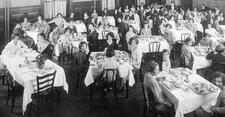
Clara De Hirsch Home for Working Girls
The Clara de Hirsch Home for Working Girls was established in May 1897 to provide housing, occupational training, and community to mostly poor and immigrant young women in New York City.
Audrey Cohen
Audrey Cohen was the founder and president of Audrey Cohen College in New York City, which emphasized a purpose-oriented understanding of education. In 1964 she founded the earliest iteration of Audrey Cohen College, Women’s Talent Corps, which combined study with on-the-job training and greatly benefited low-income women.

Fannia M. Cohn
Fannia M. Cohn was one of the leading Jewish women trade union activists in the United States. Drawing on her Russian Jewish cultural traditions, she pioneered the development of educational programs within the International Ladies Garment Workers Union (ILGWU).
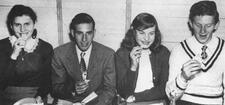
College Students in the United States
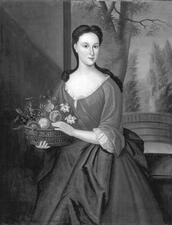
Colonial Period in the United States
Jewish women in colonial America led varied lives, with some occupying traditional roles as mothers and wives and others remaining single. Some ran their own businesses and others worked as servants for Jews with more money. Both in and out of the synagogue, women played a crucial role in early American Jewish communities.
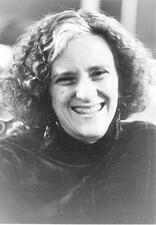
Conservative Judaism in the United States
Women have played a pivotal role in propelling the Conservative Movement to confront essential issues including Jewish education and gender equality. The Movement’s attention to issues such as the religious education of Jewish girls, the status of the agunah (deserted wife), equal participation of women in ritual, the ordination of women, and innovations in liturgy and ritual to speak to women’s experiences has helped to shape the self-definition of Conservative Judaism, and has enabled talented Jewish women to reach new heights in religious leadership.
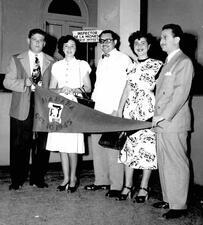
Cuba
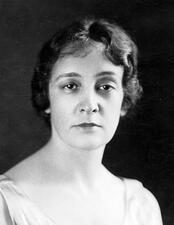
Ray Karchmer Daily
Ophthalmologist Ray Karchmer Daily fought for equality and accessibility for women and children in Texas. The first Jewish woman to graduate from a Texas medical school, Daily advocated for equal treatment of female medical students and promoted equitable policies for low-income and disabled students in the Texas school system.

Dance in the Yishuv and Israel
Artists began to try to create a new Hebrew dance in the 1920s. Israeli Expressionist Dance flourished first, followed by American modern dance. Israeli dance became professionalized and centralized, and over the past few decades, efforts to promote local creativity accelerated, ethnic dance companies have flourished, and choreographers have taken increasingly political stances.
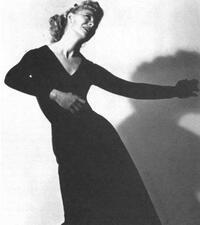
Modern Dance Performance in the United States
Jewish immigrants to the New World brought with them their ritual and celebratory Jewish dances, but these traditional forms of Jewish dance waned in the United States. Working-class and poor Jewish immigrants parents sought out culture and education in the arts for their children, often as a vehicle for assimilation. Jewish women were particularly attracted to the field of modern dance.
Katya Delakova
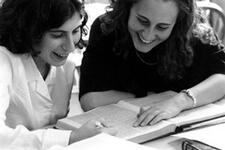
Drisha Institute for Jewish Education
Drisha was founded in 1979 to provide women with the opportunity to study Talmud and other Jewish texts. It has since expanded to serve students of all genders. Drisha is officially nondenominational but has served as a cornerstone of the Orthodox feminist movement. It has been joined by a number of liberal observant New York institutions that promote intense engagement with Jewish text and observance for women and men.
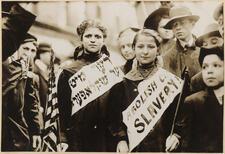
Eastern European Immigrants in the United States
Forty-four percent of the approximately two million Jewish immigrants who arrived in the United States between 1886 and 1914 were women. Although these women were more politically active and autonomous than other immigrant women, dire economic circumstances constricted their lives. The hopes these immigrant women harbored for themselves were often transferred to the younger generation.
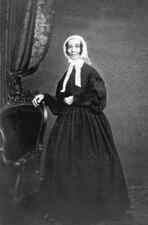
Education of Jewish Girls in the United States
American Jewish girls have had access to a broad range of educational opportunities. Pioneering innovations such as the Hebrew Sunday school opened doors to religious education, while in public schools, training schools, and the hallways of higher education, American Jewish girls pursued secular studies as well. Today, the landscape for American Jewish education has expanded beyond the classroom to include a range of experiential educational opportunities.

Elsie Chomsky
Elsie Chomsky, one of the many young Jewish educators influenced by reformer Samson Benderly, taught Modern Hebrew and organized arts activities for many years at Gratz College in Philadelphia. She trained and supervised student teachers who taught in local Reform and Conservative Hebrew schools.
Shulamith Reich Elster

Emunah
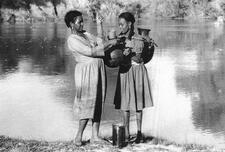
Ethiopian Jewish Women
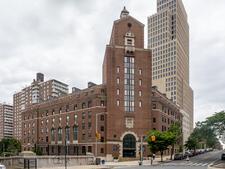
Sylvia Ettenberg

Claire Fagin
Claire Fagin was a distinguished nursing educator, scholar, and dean, as well as the first woman interim president of the University of Pennsylvania and the first female to achieve this position in any Ivy League university. Her groundbreaking studies on parents and children changed hospital practices around the country.

Marcia Marker Feld

Irene Fine
Sarah Feiga Meinkin Foner
Born into a family that encouraged her love of Jewish learning, Sarah Foner asked to learn Hebrew when she was only five years old and published her first novel in her twenties. During her lengthy writing career, Foner’s publications often reflected her interest in Jewish and women’s issues and centered notably independent female characters.
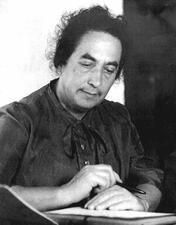
Recha Freier
German-born Recha Freier founded Youth Aliyah in 1933, which assisted in sending Jewish European teenagers to Palestine prior to World War II to be trained as agricultural pioneers on kibbutzim. Although she was responsible for saving the lives of many thousands of Jewish youth, Freier’s efforts were not officially acknowledged until 1975, when she was eighty-three years old.


